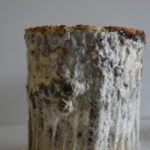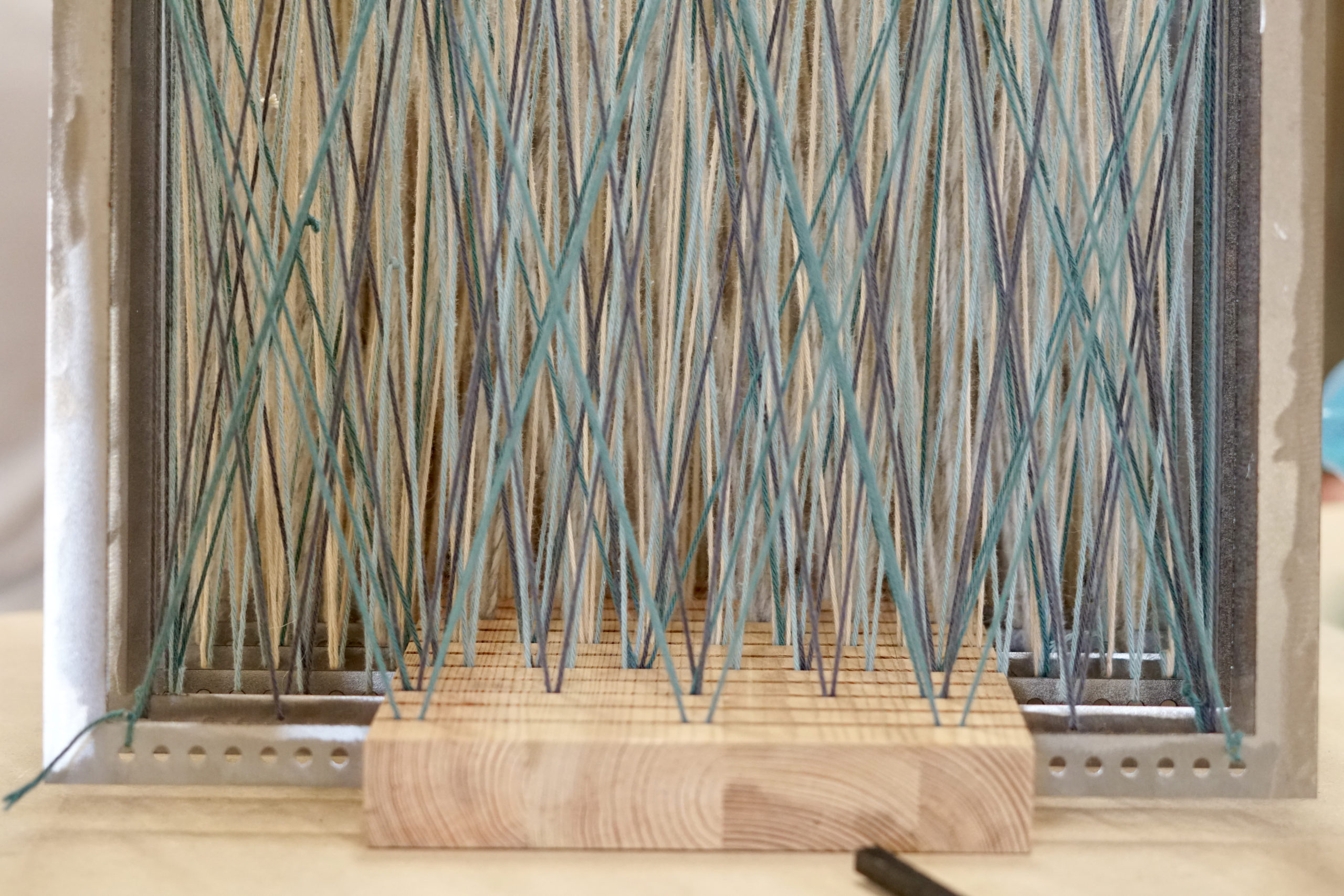About the project
Scaling up with living mycelium is a challenge because of the making process. In the literature, molds are small in size and they are rectilinear. After colonization of mycelium, the material is dried, and mycelium is killed to avoid contamination and to extend the life span of the material. With these molds, it is also hard to control the humidity and temperature. Therefore, in this research, mycelium is grown in custom handwoven molds. Mycelium is kept alive in the later stages to be used in reforestation to enrich the biodiversity by increasing the soil quality, filter the water in lakes for healthier water ecosystem, sustaining a healthier forest ecosystem by mycorrhizal relationship, and communication of the plants in the forest. The use of mycelium architecture will not only be better for reforestation results but also mycelium architecture aims a healthier and stronger human-nature relationship by involving people in the making process and educating them about biodiversity, mushrooms, and the role of mushroom in forest ecosystem through making, series of activities taken part in the forests and change in time.

